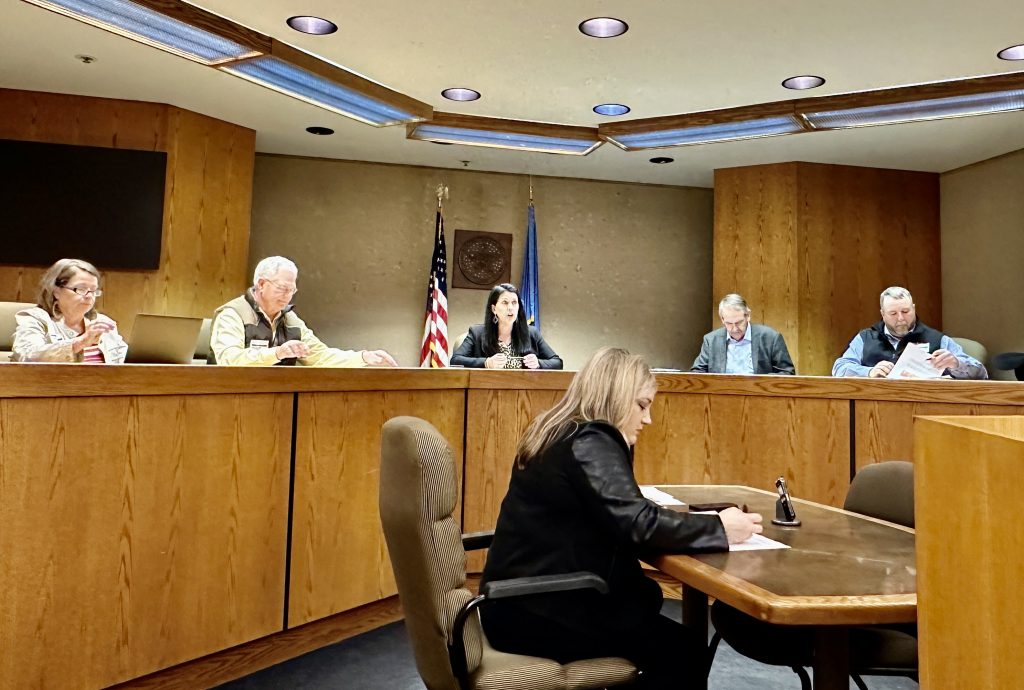
At today’s, November 8, 2024, Emergency Drought Commission Meeting, Senior Farm and Ranch Broadcaster Ron Hays caught up with Oklahoma Secretary of Agriculture Blayne Arthur to talk about the major goals of the meeting.
Arthur related that clarification was a big focus. She said, “We realize that we are responsible to the taxpayers and these dollars that are coming out from the drought committee were appropriated by the legislature.”
People had been questioning if the committee’s decision to utilize a $27 million legislative appropriation to aid producers in drought-stricken counties would still stand after recent rainfall. The decision was made to utilize last week’s Drought Monitor Report which means that all but 6 counties in the state will qualify for aid.
“I think it was important for us to gather as a committee and say that even with the significant rainfall that we have received, drought is still pretty widespread across the state of Oklahoma,” Arthur stated. “We will still move forward with practices that will put us in a better position for future droughts.”
She boasted about the enthusiasm from the legislature to support the program and their frequent participation in Drought Commission meetings. She expressed appreciation for their part in expanding the Drought Commission Committee to include grassroots producers.
“I know there is going to be a lot of demand for this funding, so the terms may be revised by individual counties as things move forward, but my guess is that those dollars will begin moving out very quickly as we begin getting those applications on Tuesday. If funds are available, the counties can look at that to see if people are eligible or not,” she said.
The Conservation Commission program was designed to help with pond cleanouts, water well installations, pumping unit purchases, laying pipelines, pasture taps (if rural water allows), and tank purchases.
Arthur related that she would like to see improvements to irrigation methods. She admitted that DRIP systems are expensive, but they do well in conserving water. She added that drilling wells is a big priority for producers, and she would like to see more people implementing practices to increase water capacity and retention.
Oklahoma Conservation Commission Director Trey Lam said in the meeting that officials would be checking to see if applicants’ ponds are full before agreeing to clean them out. If the ponds are full, the applicant will be moved down the list in favor of producers in greater need.
Giving credit to the legislature, Arther said that she and the committee are optimistic that this can be an annual program so producers can count on the Drought Commission having funds when they need them.
This year, it pays 80% of the expense with a $7,500 cap per person, and the producer is responsible for the remaining 20% of the cost of the work requested. Each drought-stricken county will have a little more than $350,000 to appropriate. Applications will be worked through on a first come and first serve basis, and local conservation districts will begin accepting applications on November 12, 2024.

















